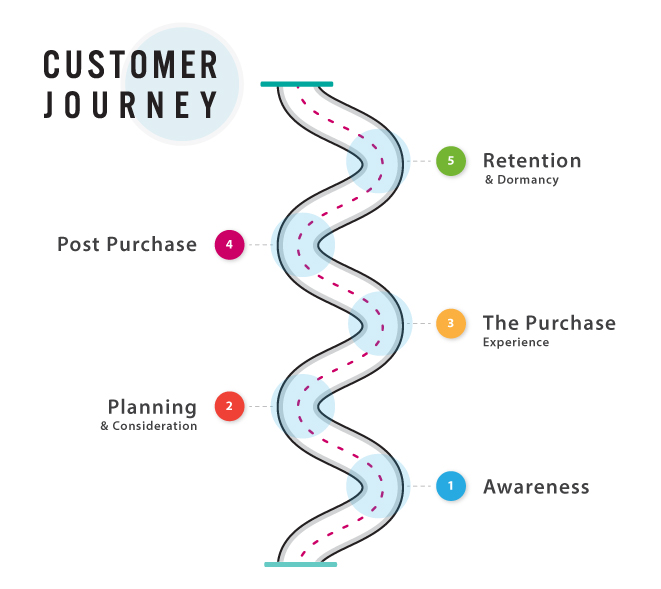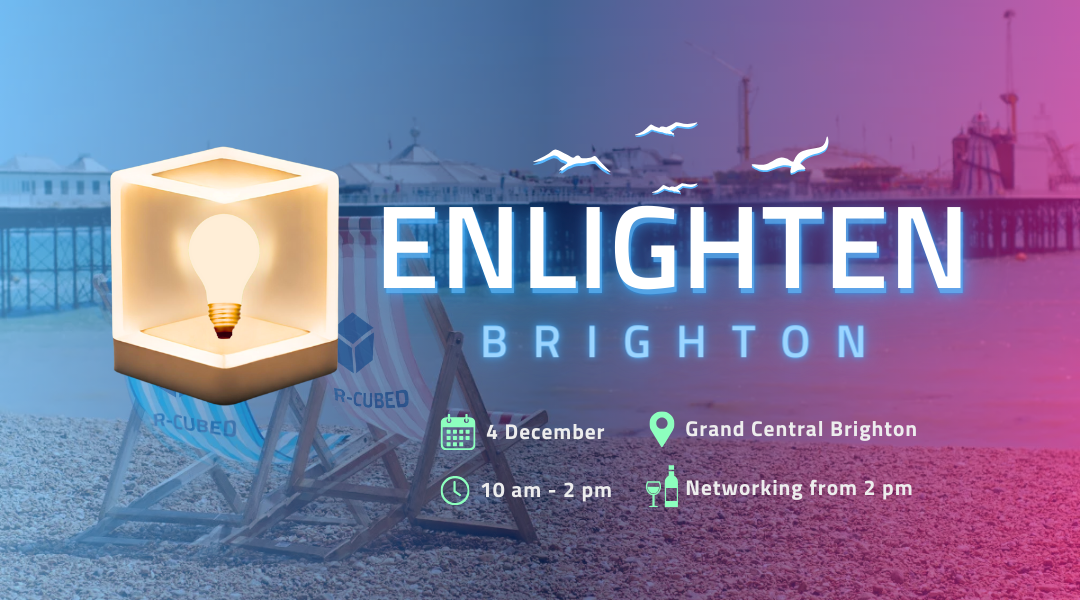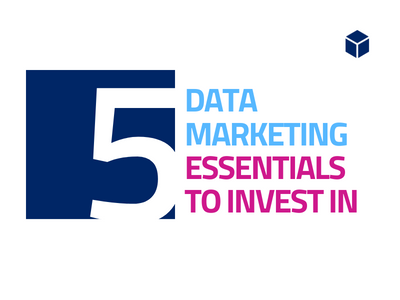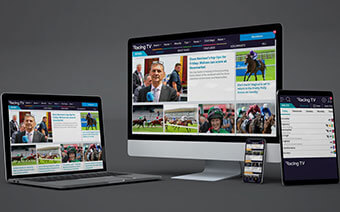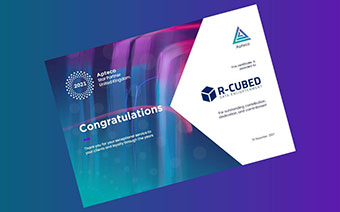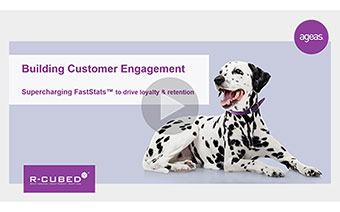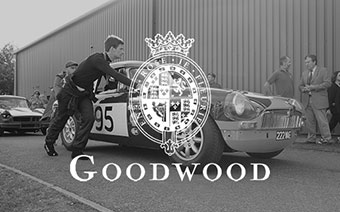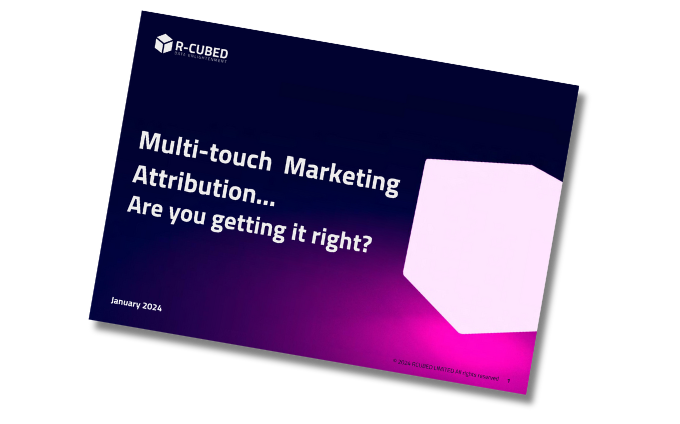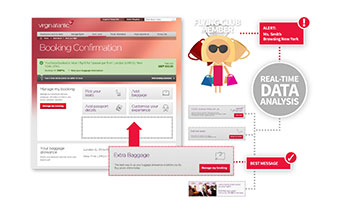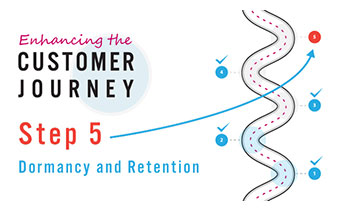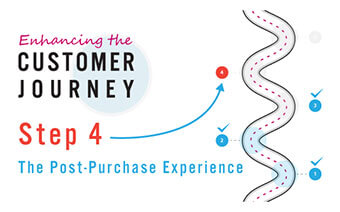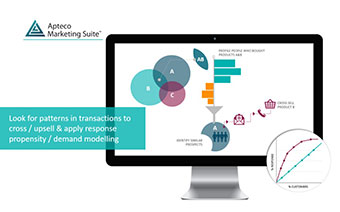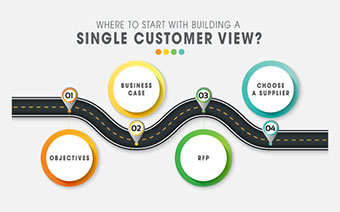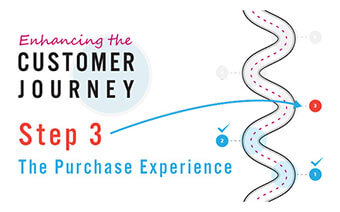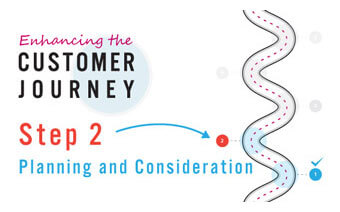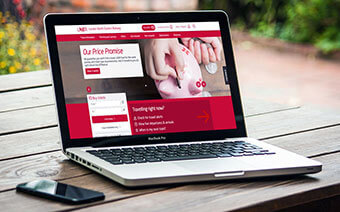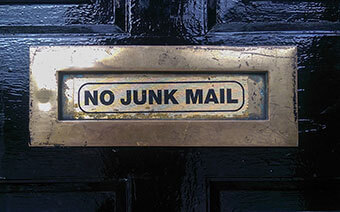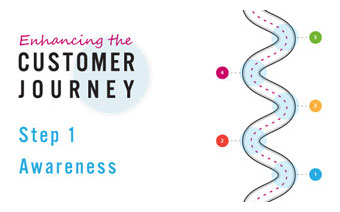Have you mapped out your customer journey communications? A well-thought-out customer journey can maximise results at each stage of the journey and generate huge increases in sales and profits by delivering more engaging, personalised communications.
Not only do your customers benefit from having more relevant and timely information, but you can increase revenue by targeting the right cross-sell and up-sell messages, getting the right message to the right person at the right time.
But when it comes to designing a customer journey programme many businesses have never gone beyond a standard welcome strategy and a last-ditch attempt to reactivate dormant customers.
With an ever-increasing number of touchpoints and real-time interactions, it is more important than ever to ‘join everything up’ into a holistic and consistent view of the customer journey.
In this series of five articles, we look at the key stages of a customer Journey programme and how you can use technology, combined with your knowledge of your customers to drive real value at every stage.
This month, we look at how to talk to the customer after their purchase or experience.
The sale’s been made. The product’s been delivered, the holiday’s been enjoyed, and the insurance policy put in place. For marketers, whatever your industry, the first purchase is just the start of the customer journey.
The post-purchase period is a key time to build a long-lasting relationship with the customer and to drive real value, rather than a stream of one-off purchases. In this article, we look at a few ways of maximising the opportunity.
Get their feedback
It can be a good idea to ask each customer for their feedback on their purchase. This might be a simple star rating, asking them to leave a review, or a Net Promotor Score (NPS) survey.
By doing so, you not only gain valuable feedback on your performance, along with (hopefully!) strong testimonials to support your marketing, but you also get a one-to-one insight into your customers. All customers are important, but those giving you poor or negative feedback should be your focus.
If you can resolve their issues, you can turn a disgruntled customer into a happy one and, crucially, a profitable one. And even if you can’t, knowing how they rate you means you can tailor your later communications to them. There’s little more excruciating than asking a customer to vote for you for a Customer Service award when they’ve just given you a one-star rating.
So make sure you’re using your data. Your Single Customer View (SCV) isn’t just for tracking sales. It can store all the data you hold about an individual – sales, returns, complaints, personal data, online and offline activity.
Just be sure to make clear how you use any data they give you – don’t tell customers their feedback is anonymous if you’re going to directly act on it. Remember your obligations under GDPR!
Keep in touch – but on the customer’s terms
Selling is much easier when you have an existing relationship – and that means staying in touch.
Newsletters, regular emails, advance notice of sales and other promotions can all help keep the channels of communication open and make it easier for the customer to shop with you when the time is right. But you need to get both the content and the timing right.
Many businesses make the error of over-communicating. Frequency of contact depends on the likely frequency of purchases – groceries may be bought weekly, holidays only annually and cars much less frequently, for example.
Don’t try to sell a new car every month to the same customers.
But it also varies by customer – one customer may be comfortable with weekly emails, others might consider that too often. Use your data to understand the level of engagement a customer has with your brand – how often they buy, how often they visit, how long they spend on your site, what they look at. This will help you set the optimum frequency – and content – of your communications. As customers move between segments, so your communications plan needs to change.
Customers are naturally more engaged with well-targeted, well-timed personalised communications – you can expect around 18 times the response and will make it easier to keep the channels of communication open. Make sure your technology is up to the task of supporting your optimal 1-2-1 contact strategy.
And, of course, make sure you’re measuring the incremental impact of your communications, so you can continually refine and improve your strategy.
Not every communication needs to sell
Your end goal is to make sales, but be careful not to overwhelm the customer. Try to add value rather than always trying to make a sale and the customer will be more likely to see you as a reliable source of information, hopefully making you their preferred destination.
Send out useful newsletters, packed with relevant information closely linked to what you’re selling – guides to holiday destinations, advice on new technology, how-to guides and so on. Become the specialist in your industry and stand out from the crowd – and importantly monitor engagement in your content by individual customers and customer types, so you know you are not wasting your time.
Check you have the right permissions
There’s more ways than ever to stay in touch with a customer – emails, DM, SMS, phone, website pop ups, social – the list grows every day. But you need to make sure that you’re able to use them for each customer. GDPR has made it more important than ever to make sure that you have all the right permissions.
Check your privacy and cookies policies and ensure that you’re clear about what data you’re collecting and how you’ll use it. Customers are understandably protective about their data and you’ll pay the price if you abuse it.
Determine the value of each customer to your business
Not all customers are created equal. You’ll enjoy a long and profitable relationship with some. Others may only make a single purchase, or only buy at rock-bottom prices.
You need to identify the value that each customers brings to your business – and then find a way to predict how new customers are likely to behave. This means understanding the data you already have. What do profitable customers look like? Is profitability driven by purchase value? Or purchase frequency? Or both? What are the signs that someone is becoming inactive?
We examined the customer base of one large retailer and found 24% of their mail packs were going to customers who generated just £6 of revenue a year. And with each customer receiving an average of 8 mailings a year, they were literally throwing money away.
You can read more about the importance of focusing on your high value customers in our article, Time To Get Rid Of Your Customers.
Your communications plan will evolve over time, as you respond to changes in your customer base and competitor activity. But by ensuring you’re sending the right message, to the right person, at the right time, you’ll be maximising the returns on your marketing budget.
Contact us for a no-obligation review of your customer journey and contact strategy here.

